Sugar Consumption: Past, Present and Future
Sugar is an easily accessible ingredient in our homes, becoming (for some) indispensable. The shopping lists of many households have sugar in the top 10 of the main foods according to food consumption surveys. However, the amount of sugar currently consumed is not consistent with lifestyles loaded with stress, sedentary lifestyles, and poor eating habits. All this together is a perfect cocktail to develop some diseases.
Let's take a look at how sugar consumption has permeated our society and its harmful effects on health. The purpose of this post is to invite reflection and a call for individual action on sugar consumption.
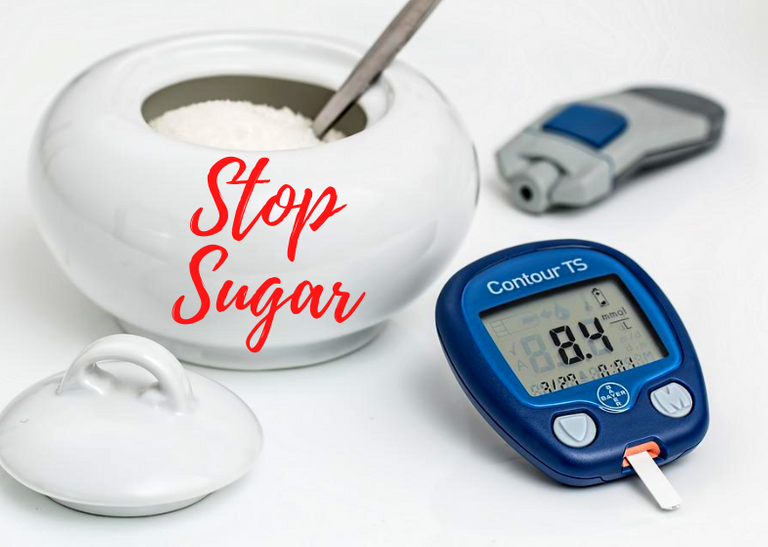

Sugar is one of the natural sweeteners, which together with honey, has been used by man since ancient times either for medicinal and cosmetic purposes or to prepare sweet-tasting foods as an offering to the gods (Hindu mythology).
Much is said about the origin of sugar and it is through a beautiful legend of New Guinea, in Polynesia, that this island is pointed out to us as a possible place for the first sugar cane plantations.
From New Guinea, sugar reached India (4500 B.C.), extending its cultivation and use as far as China and the Near East. By 642 BC, the Persians invaded India and bet on the great economic potential of this rare ingredient, thus developing its cultivation extensively.
Sugar became known in Europe in the 4th century BC "as the salt of India" thanks to Alexander the Great's travels and conquests across Asia. However, the trade of this ingredient was monopolized by the Arabs for several centuries, making sugar a very expensive foodstuff only to be enjoyed by European royal houses and the nobles closest to them. Sugar was a symbol of status and economic power in Renaissance Europe (1).
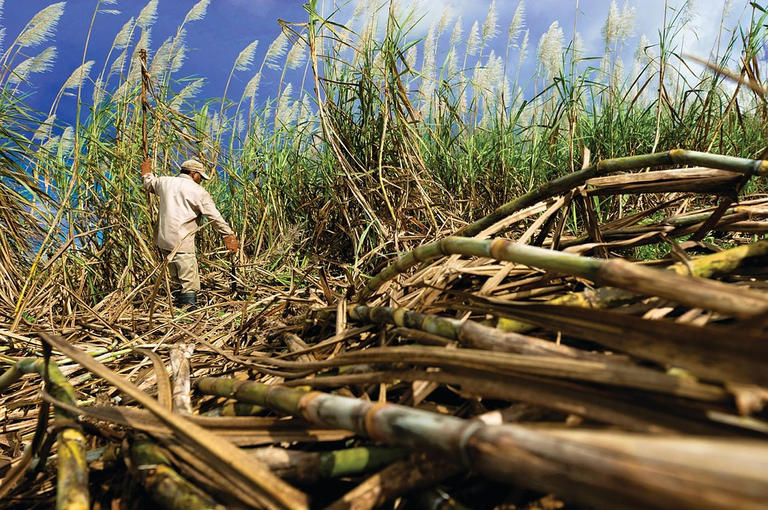
However, the world was not prepared for the consequences of the discovery of America. Thanks to the arrival of the Spaniards in the New World, sugar cane plantations began to be established in Central America, breaking the monopoly of the Arab sugar trade, making the cost of sugar much cheaper, and entering every home through the front door.
In the case of the South American sugar factories, the quality of the sugar was very low, which is why it was destined for internal colonial consumption, introducing the sweet taste into the eating habits of the native American ethnic groups at a very early stage.

In the 20th century, sugar became an inexpensive and easily accessible ingredient, and thanks to the nascent but very enterprising processed food industry, sugar began to be added to various products such as breakfast cereals.
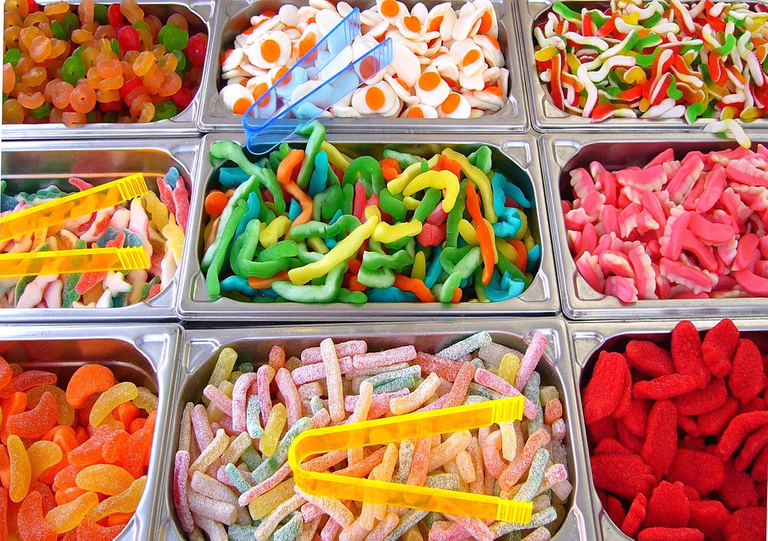
The beginning of this century saw the birth of carbonated beverages, which are based on a very sweet flavored syrup and colorings. The snack industry developed chocolates, candies, and baked goods, making high-sugar foods available to everyone at very low prices. It is here where sugar becomes the number one enemy of public health, being a source of calories that pass into the bloodstream so violently that it puts the pancreas to work in such a disorderly way that it leads to a state of exhaustion as in the case of type II Diabetes or to secrete high levels of insulin causing the so-called Metabolic Syndrome that includes high cholesterol levels, triglycerides and glycemia, leading to the development of the predominant diseases in the XX and XXI century such as Type II Diabetes, Obesity, Cardiovascular Diseases among others.
Below is a diagram showing some of the effects of high sugar consumption on health (2):
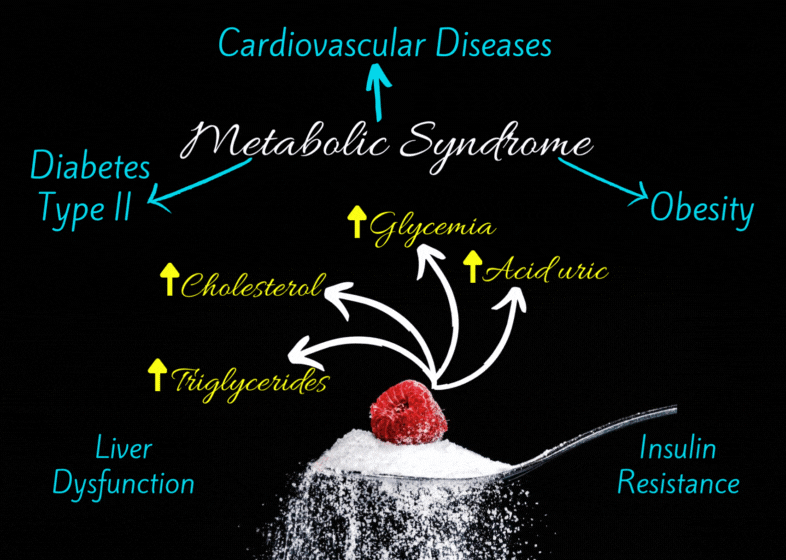
Image Source
As we have seen, sugar consumption has become, at present, a public health problem with very bad prospects for the new generations since the easy access of children to foods high in sugar has led to reports of tooth decay at an early age as well as obesity which has been favored by low physical activity thanks to the technology that offers a virtual world without leaving home. This leads us to make an urgent call to action.
What do healthy guidelines say about sugar consumption?
Each country has a body in charge of establishing healthy guidelines for the population and these obey those dictated by the WHO as a result of scientific studies and the resolutions of the committee of specialists in the various areas of health.
Concerning the consumption of sugar added to food, a limit is established for its consumption. This amount is based on the total calorie intake throughout the day. Generally, it is taken as an average that the adequate consumption of calories for an adult should be 2000 Kcal, of which up to 10% is allowed to be in the form of natural sweeteners such as white sugar, blonde sugar, and honey. In didactic terms, this would represent the equivalent of 3 spoonfuls of sugar in the whole day (50 grams). Does this seem too much or too little to you? To be able to qualify this amount as good or bad depends on the physiological conditions of the person who consumes it. If the person who consumes this is a person with insulin resistance and a predisposition to cardiovascular diseases, this amount of sugar would be a push to get sick.
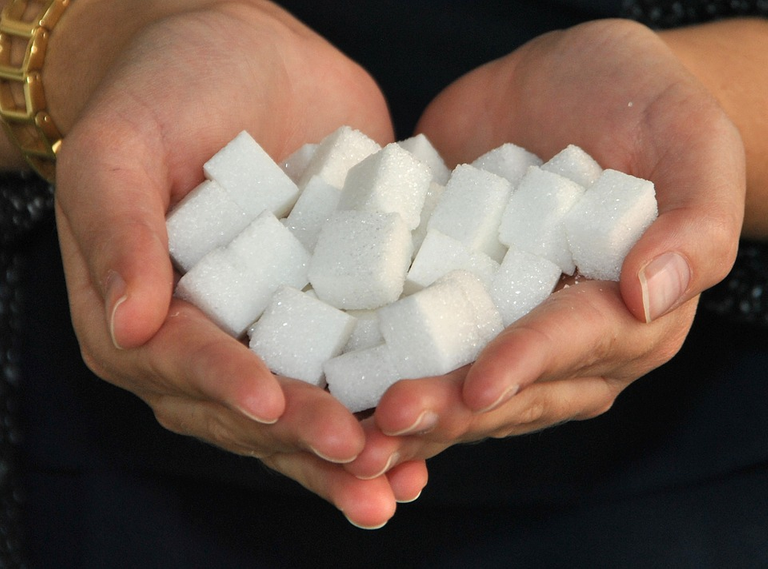
Several scientific studies have shown that educational campaigns to reduce sugar consumption can serve as prevention for the population; however, measuring whether consumption goes down or up is difficult due to the different methods used to record how much people consume. In addition, industrialized products with added sugar among their ingredients are sometimes not included in this quantification.
Some specialists believe that there is an increase in consumer awareness and that the consumption of added sugar has been reduced. This was reflected in a study on sugar consumption in twenty-three countries where the average daily calorie intake was 2500 (500 more than what I mentioned in previous paragraphs) of which only 5% came from sugar, that is, 2 tablespoons a day or the equivalent of 30 grams. This is better than consuming 50 grams? However, these decreases in consumption are oscillatory. As awareness campaigns decrease, sugar consumption increases. This is due to its hedonic role (in another post we will talk about it)(3)

Sugar consumption for the coming years may be subject to worldwide guidelines that are coordinated with health personnel, making outreach and educating the population hand in hand with the food industry.
In the case of the new generations, we can educate their palate by exposing them to low sugar concentrations that resemble those contained in sweet foods such as fruits. For the adult generations, we should work on consuming foods with lower sugar intensity. If we drink coffee with 2 teaspoons of sugar, train your palate to consume it with only one. Always lowering to half the usual consumption is a good measure that our health will be grateful for.
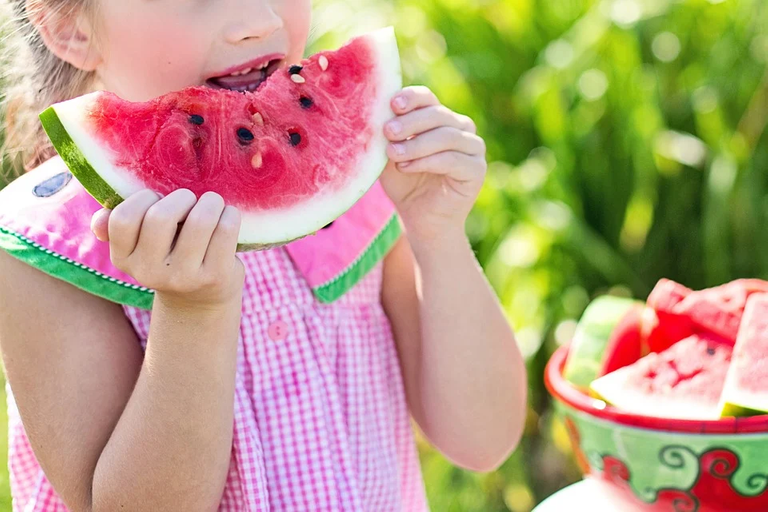
As a nutrition professional, I do not see the future the total replacement of sugar with sweeteners, since many of them enjoy a controversy of being healthy or unhealthy and most of them have not managed to solve the bitter taste they leave in the aftertaste, which is perceived so accurately by our taste buds that at the brain level there is a small dislike or rejection. The key to reducing sugar consumption will be to train our palate to low concentrations for this ingredient.
If you want to know more about the harmful effects of sugar consumption you can leave me your comment, in this way in this space we can develop more specific topics of interest to the community.
References:
(1) Sweet Invention: A History of Dessert
(2) Sugar consumption, metabolic disease and obesity: The state of the controversy
(3) Worldwide trends in dietary sugars intake



https://twitter.com/chaodietas/status/1562217304410169344
The rewards earned on this comment will go directly to the people( @chaodietas ) sharing the post on Twitter as long as they are registered with @poshtoken. Sign up at https://hiveposh.com.
Thanks for your contribution to the STEMsocial community. Feel free to join us on discord to get to know the rest of us!
Please consider delegating to the @stemsocial account (85% of the curation rewards are returned).
You may also include @stemsocial as a beneficiary of the rewards of this post to get a stronger support.
Thank you very much for your support, I feel honored.
I consume coffee like a water. I used to put sugar in it before but I noticed that my appetite would be sated just after two cups. I am now used to drink coffee without sugar. 🙂
!1UP
The important thing is to be aware of the sugar we add to our drinks and juices. Sometimes decreasing the use of sugar brings incredible health improvements. Thanks for your visit!
You have received a 1UP from @thecuriousfool!
@stem-curator
And they will bring !PIZZA 🍕.
Learn more about our delegation service to earn daily rewards. Join the Cartel on Discord.
hey, thank you!
PIZZA Holders sent $PIZZA tips in this post's comments:
@curation-cartel(16/20) tipped @chaodietas (x1)
Please vote for pizza.witness!
Thanks!
Thanks so much for this enlightening, for historical and healthy purposes. This will go a long way in teaching about the regulations of sugar consumption.
Interesting how our taste of sweetness has been developed over the centuries. Just like sound determine what is good enough and it keeps changing. The fashioning of taste is quite interesting.
Hi @jaydr,
Taste is a sense that can be trained either to refine it to capture low concentrations of a substance or to saturate it and require more quantity to appreciate a particular flavor, for example sweetness. Thank you very much for your kind words. See you in a next post!